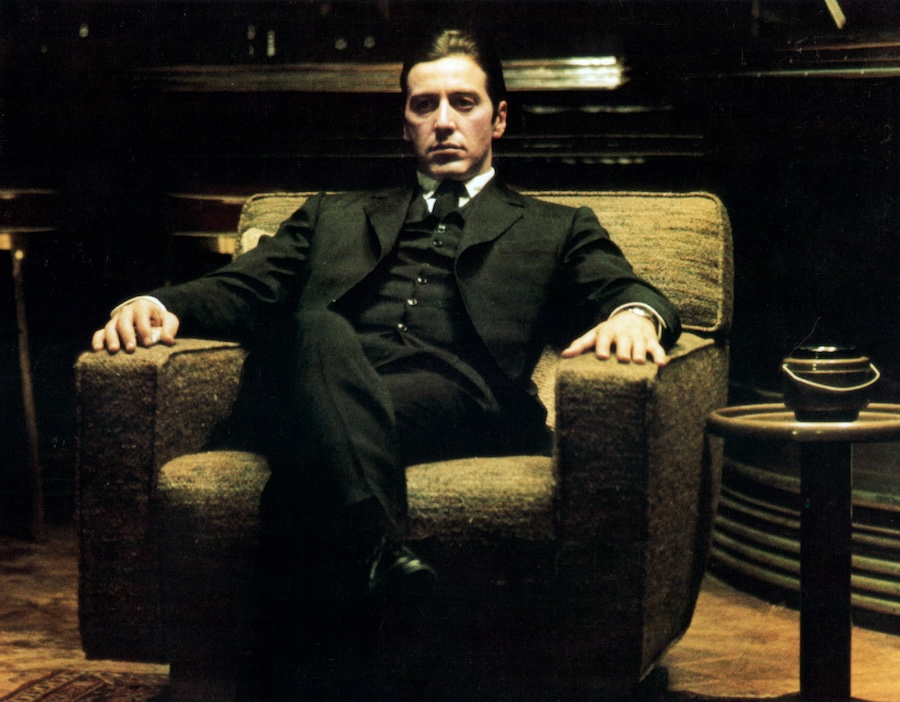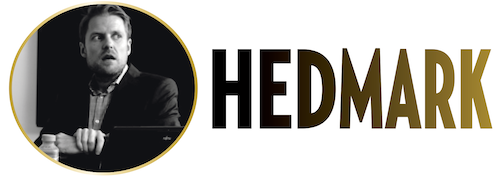

The Godfather was an incredible achievement by Francis Ford Coppola. Making a sequel that meets at least some of the expectations is difficult enough, but actually exceeding them, creating another epic that is even more complex and just as entertaining as the first, is outstanding. As if that wasn’t enough, the director also put together a film the same year, The Conversation, that became a classic in the conspiracy thriller genre. This was Coppola at the height of his career, a king of Hollywood at the time.
The rise of Vito Corleone
The film has two stories set in different eras but told parallely. In 1901, the story about Vito Corleone begins. As a young boy in Sicily he witnesses a local mob boss murder his mother; his father and brother are already dead by his hand. Since Vito is expected to exact revenge when he grows up, the mobster wants him killed as well. Vito leaves the country and arrives in Ellis Island along with other Italian immigrants. As he grows up, he learns how to survive the mean streets of New York City and identifies the respected Don Fanucci (Gastone Moschin) as the man whose power and status he must steal in order to get ahead.
In 1958, Vito’s son Michael Corleone (Al Pacino) is looking to earn more money in the gambling industry and his move is supported by Hyman Roth (Lee Strasberg), an old business associate of his father. At the same time, Michael is having problems with one of his capos, Frank Pentangeli (Michael V. Gazzo), who may be responsible for an assassination attempt against him and Kay (Diane Keaton). As Michael slowly figures out whom to trust, his family begins to suffer in more ways than one.
Themes are continued and expanded
When we left Michael Corleone in the first film, he was already a transformed man. The youthful spark in his eyes had turned into darkness as soon as he realized that he had what it takes to run his family’s enterprise. When we meet him again a decade later, he’s older, wiser and feared by his enemies as well as his own family members. He’s deeply entrenched in his business and doesn’t know that he’s going to sink even lower morally. He’s enjoying considerable wealth, which of course was first amassed by his father.
An altogether riveting saga, emotionally told and powerfully acted.
The depiction of how Vito worked himself out of poverty by any means is a clever contrast; both Vito and Michael are fighting for their lives and families in different eras. Their ruthlessness is what makes them successful. The darker portion of the story is undoubtedly the one set in the ’50s, but it is an altogether riveting saga, emotionally told and powerfully acted. Pacino looks like he’s ten years older, carrying the weight of the world on his shoulders but also exuding power. Robert De Niro got his major breakthrough as the twentysomething Vito Corleone and it isn’t hard to imagine him eventually turn into the Brando figure in the first movie, soft-spoken but naturally authoritative. The stars are supported by a supremely able cast, including Strasberg as the friendly but unreliable Roth, Keaton as the increasingly miserable Kay, and Cazale as the hopeless, weak Fredo.
The themes from the first movie are continued and expanded; cinematographer Gordon Willis also employs the same visual style, bathing the slightly updated production design post-Brando in darkness and sepia.
The Shakespearean tragedy of the last scenes end brilliantly with a flashback to 1941 where the brothers are gathered for a birthday dinner. Michael is bullied by Sonny (James Caan)… but even then it’s obvious who is mature enough to take responsibility. As we stare into Michael’s dead eyes twenty years later all we can see is Vito’s bloody legacy, but without Michael the Corleone family would have been destroyed.
The Godfather, Part II 1974-U.S. 200 min. Color. Produced and directed by Francis Ford Coppola. Screenplay: Francis Ford Coppola, Mario Puzo. Cinematography: Gordon Willis. Music: Nino Rota, Carmine Coppola. Production Design: Dean Tavoularis. Cast: Al Pacino (Michael Corleone), Robert Duvall (Tom Hagen), Diane Keaton (Kay Corleone), Robert De Niro (Vito Corleone), John Cazale, Talia Shire, Lee Strasberg, Bruno Kirby, Abe Vigoda… Harry Dean Stanton, Danny Aiello, Roger Corman, James Caan.
Trivia: Marlon Brando was considered for a flashback sequence; James Cagney was also offered a role. In 1981, the film was edited together with its predecessor and released as The Godfather: The Complete Epic, 1902-1958. Sofia Coppola can be seen as an immigrant child. Followed by The Godfather, Part III (1990).
Oscars: Best Picture, Director, Supporting Actor (De Niro), Adapted Screenplay, Original Score, Art Direction-Set Decoration. BAFTA: Best Actor (Pacino).
Quote: “There are many things my father taught me here in this room. He taught me: keep your friends close, but your enemies closer.” (Pacino)
Last word: “The ending was clear and Michael has corrupted himself — it was over. So I didn’t understand why they wanted to make another Godfather. I said, ‘What I will do is help you develop a story. And I’ll find a director and produce it.’ They said, ‘Well, who’s the director?’ And I said, ‘Young guy, Martin Scorsese.’ They said, ‘Absolutely not!’ He was just starting out. The only thing they really argued with me about was calling it Godfather Part II. It was always Son of the Wolfman or The Wolfman Returns or something. They thought that audiences would find it confusing. It was ironic, because that started the whole numbers thing. I started a lot of things.” (Coppola, Esquire)
